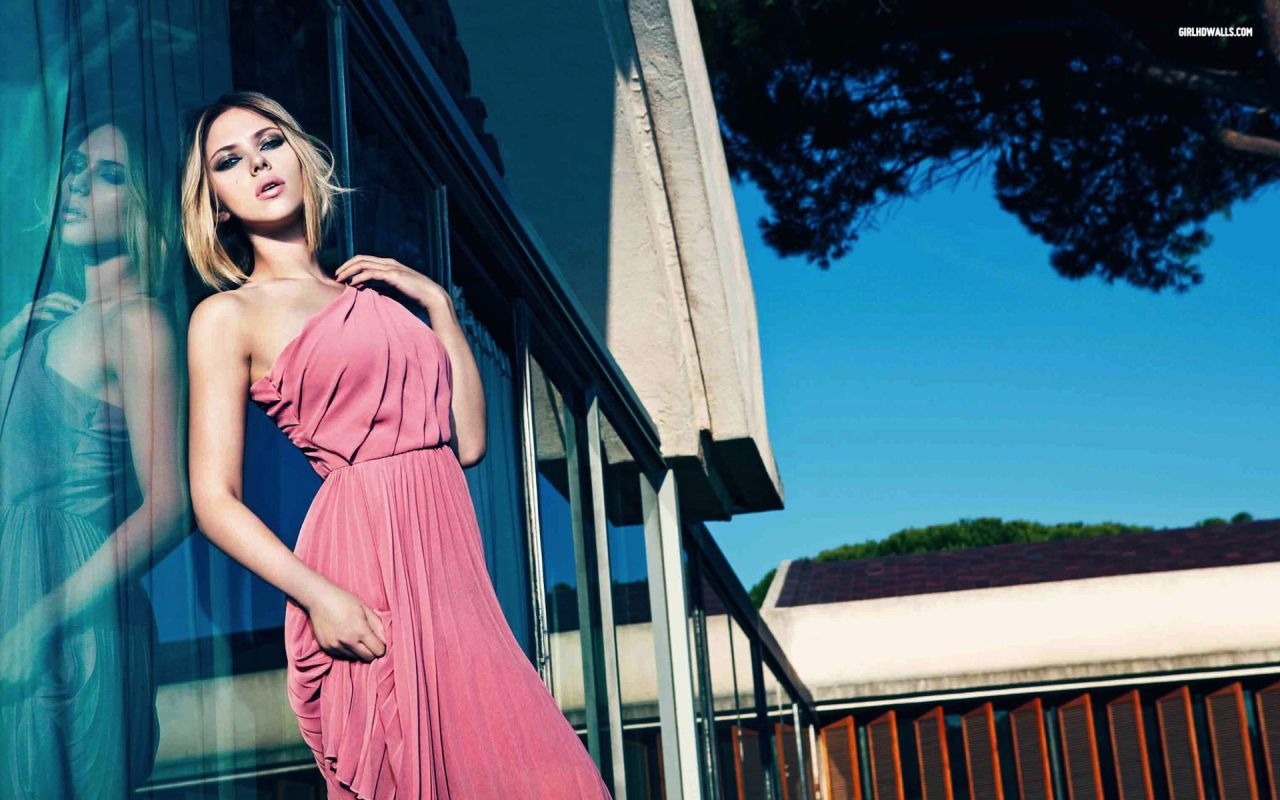The atmosphere is tense, so quiet you could hear a pin drop. Suddenly, an Australian-accented voice comes over the sound system, belonging to none other than the film’s director, Cate Shortland. She calmly instructs the crew to move slowly at the beginning. This is quite unusual on a blockbuster set where typically a male assistant director is yelling out commands like a drill sergeant. This movie is a significant milestone for the Marvel Cinematic Universe (MCU). It is the much-anticipated solo film for Scarlett Johansson’s character, Natasha Romanoff, known as Black Widow, a former KGB assassin who defected to the US and joined the Avengers. Fans of the character have been eagerly waiting for a standalone film since her debut in Iron Man 2, which was released 11 years ago.

Honestly, Natasha’s character in the franchise has been underdeveloped. Johansson has criticized Iron Man 2 for objectifying her and reducing her to a mere “piece of ass”. This could be due to scenes such as the one where she changes into her superhero outfit in the back of a car, seemingly only to provide a glimpse of her bra. Additionally, the camera lingers on her backside in a way that seems more appropriate for a teenage boy than a professional film.

Black Widow, directed by Cate Shortland, offers a refreshing take on the character without any Sexualisation. Shortland was selected from a pool of 70 directors by the studio bosses after a year and a half of searching. She watched all of the Black Widow films to understand the character’s movements and costumes. Black Widow’s origins as a comic-book femme fatale caused her Sexualisation, but Shortland aimed to remove it from the film. She fought to start the movie with Black Widow alone, so the audience wouldn’t see her in relation to anyone else. The film opens with Johansson’s character hiding out alone in a caravan in Norway, drinking beer and watching Bond movies. Shortland tried to keep one Sexy scene with Johansson in the film, but it caused outrage among early test screening viewers. Although Shortland thinks Johansson is H๏t, she believes it’s important that the character remains in control.

Black Widow is a movie that revolves around the theme of control. The story takes us back to Natasha’s childhood as an assassin in the Red Room, an organization that abducts girls and trains them to become killers. These girls are considered a natural resource, and the organization brainwashes them, teaches them how to fight, and forcibly sterilizes them. Director Cate Shortland was interested in exploring the character’s past and opening a Pandora’s box. Despite not having any superpowers, Natasha is a survivor and uses her intelligence and training to fight her oppressors. In the film, Natasha forms a non-biological family unit with two other women from her past missions, Yelena Belova (played by Florence Pugh) and Melina Vostokoff (played by Rachel Weisz). Together, they take on the man who subjugated and oppressed them. It’s not just about one woman fighting against a patriarchal system but a group of women who are more powerful together. When asked if the movie is a direct comment on #MeToo, Shortland denies it, saying that she and Scarlett Johansson had discussed their personal experiences before the movement gained popularity. She also believes that control and feeling voiceless is a common experience for many women.

The film draws inspiration from feminism and highlights the difference in how women of different generations deal with sexism. The younger assassin played by Florence Pugh is portrayed as being more outspoken about these issues than Scarlett Johansson’s character, who sometimes feels like she can’t speak out. Director Cate Shortland notes that this reflects the reality of how different generations handle these challenges. On a lighter note, the film may inspire a trend for bad-ass babushka braiding with plaits. Shortland’s path to directing a mega-million dollar movie was unexpected. After directing Somersault, she contemplated quitting filmmaking altogether due to the pressures of being in the limelight. She ultimately changed her mind after being encouraged by female executives at Marvel who emphasized the importance of having diverse voices at the table. Johansson reportedly played a key role in persuading Shortland to direct Black Widow, making her the first solo female director of a Marvel film. While Shortland wasn’t well-versed in the Marvel Cinematic Universe, she was inspired by Black Panther and its heartfelt storytelling.

While on the set of Black Widow at Pinewood, the crew was focused on creating a film that felt “gritty” and “grounded.” Director Cate Shortland aimed to make the action scenes feel truthful, like real fights rather than wrestling matches. She drew inspiration from strong female characters like Ripley from Alien and Sarah Connor from the Terminator movies, as well as Thelma and Louise. Shortland also wanted to create moments where the audience could identify with the female characters, citing a scene in The Silence of the Lambs where Jodie Foster’s character held up a gun and her hand shook. Shortland’s biggest fear in taking on the job was remaining true to herself and making a film that was both fun and meaningful. However, Marvel’s boss Kevin Feige encouraged her to put her own stamp on the film. Shortland found that the film industry is a director-led environment and that collaboration is key to getting the best out of those around her. As a woman working in a male-dominated industry, Shortland sometimes felt that people didn’t trust her intellectual rigour. However, Scarlett Johansson had her back and Shortland’s bosses at Marvel supported her as well. Shortland believes that it’s important to stay focused and not dwell on difficulties, especially for younger women coming up in the industry. The pandemic hit just as they were finishing the film, so Shortland finished the edit in her front room in LA. Despite the challenges, Shortland feels that her life isn’t that different from others working from home.




